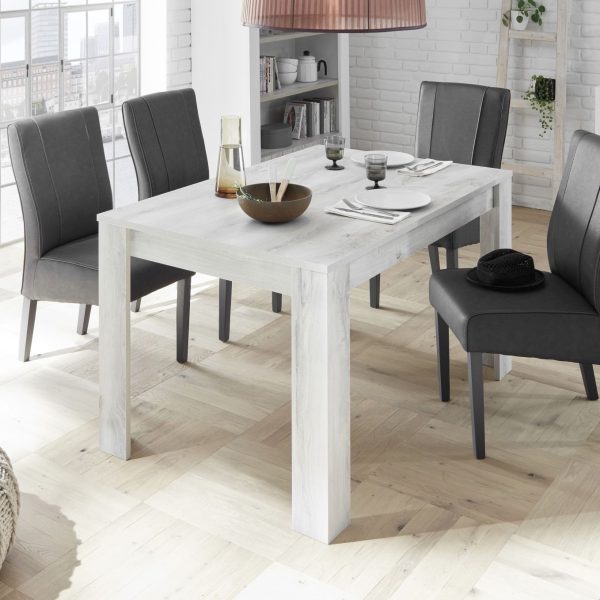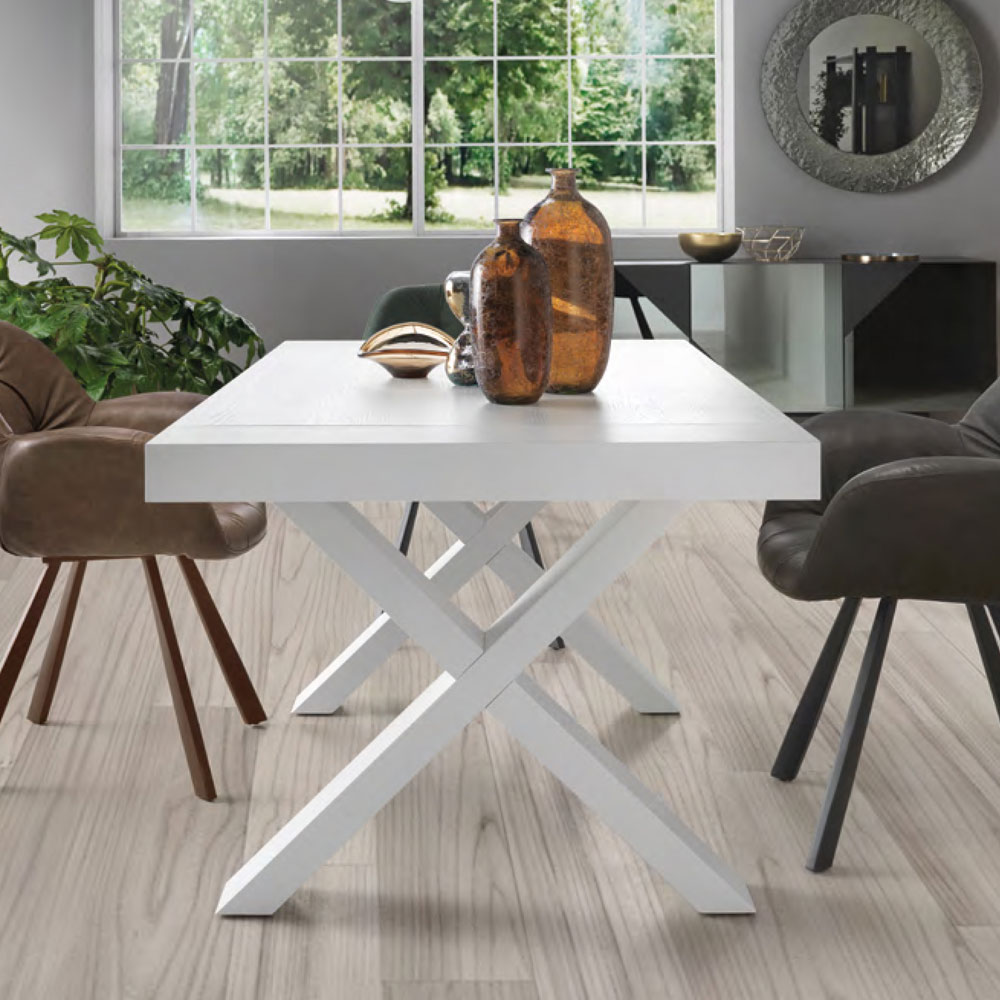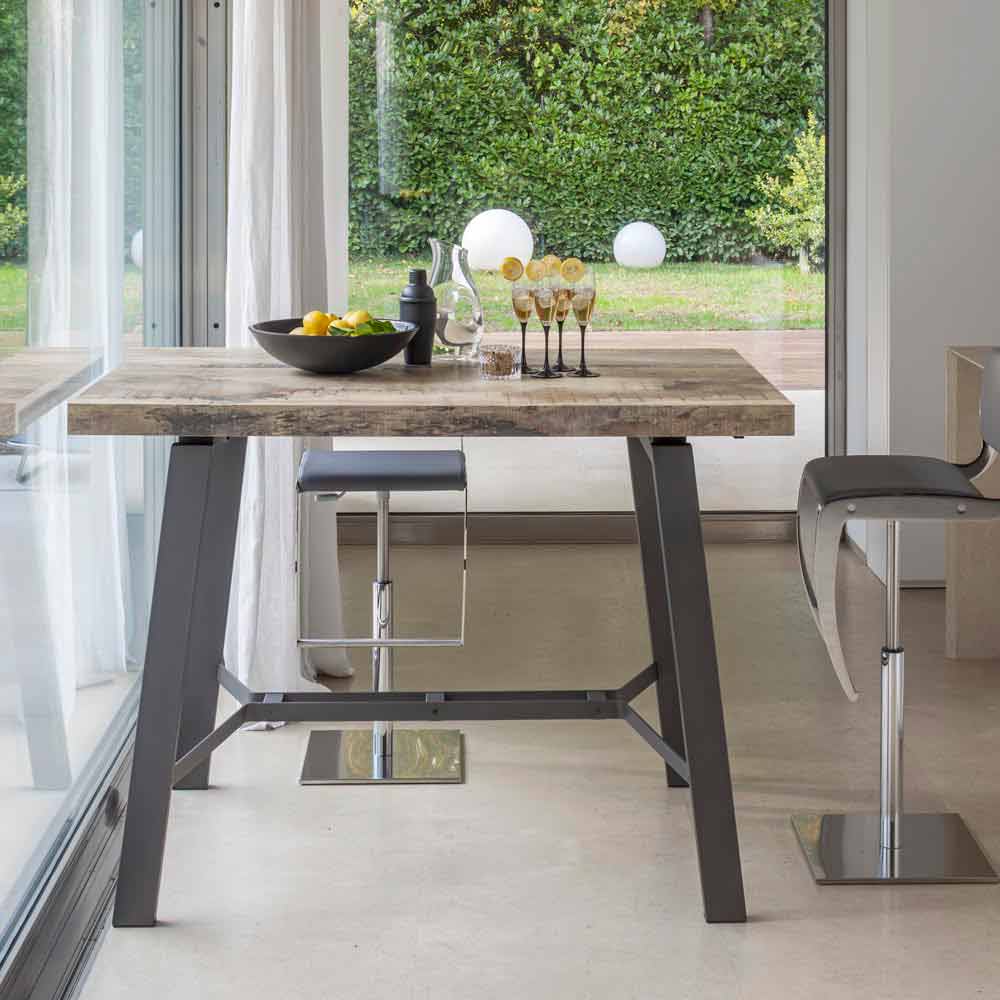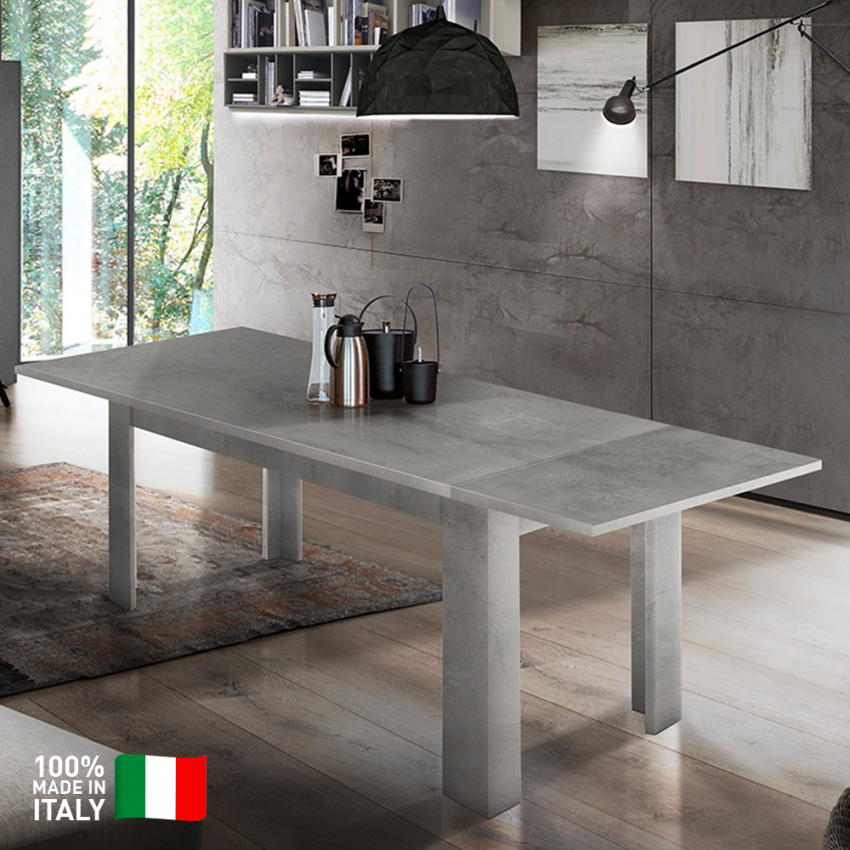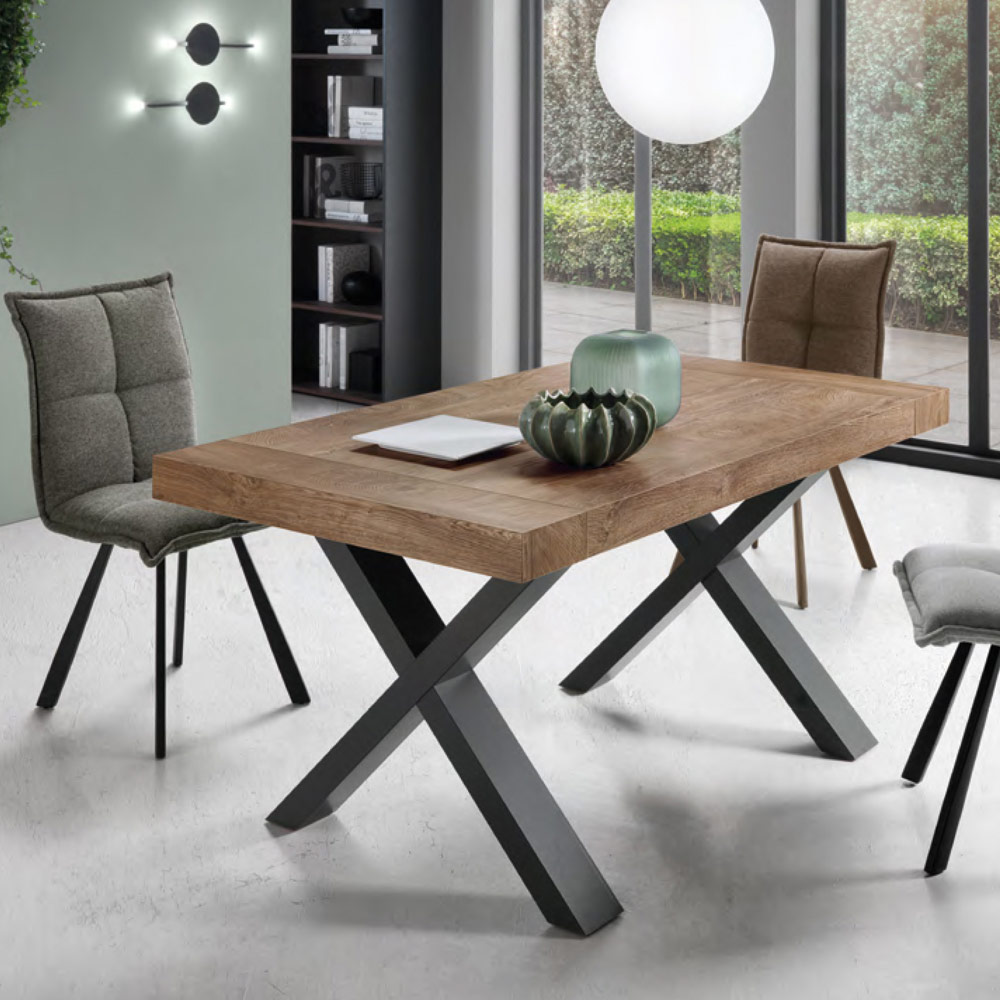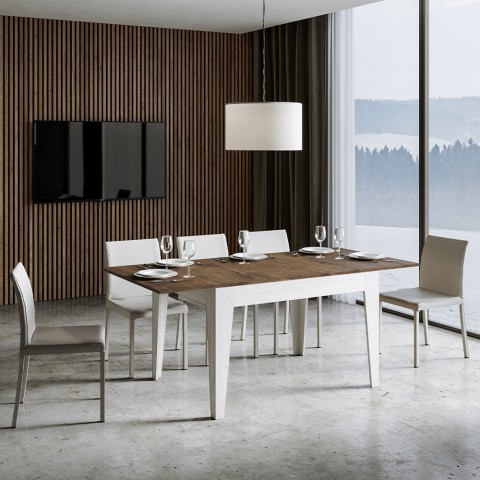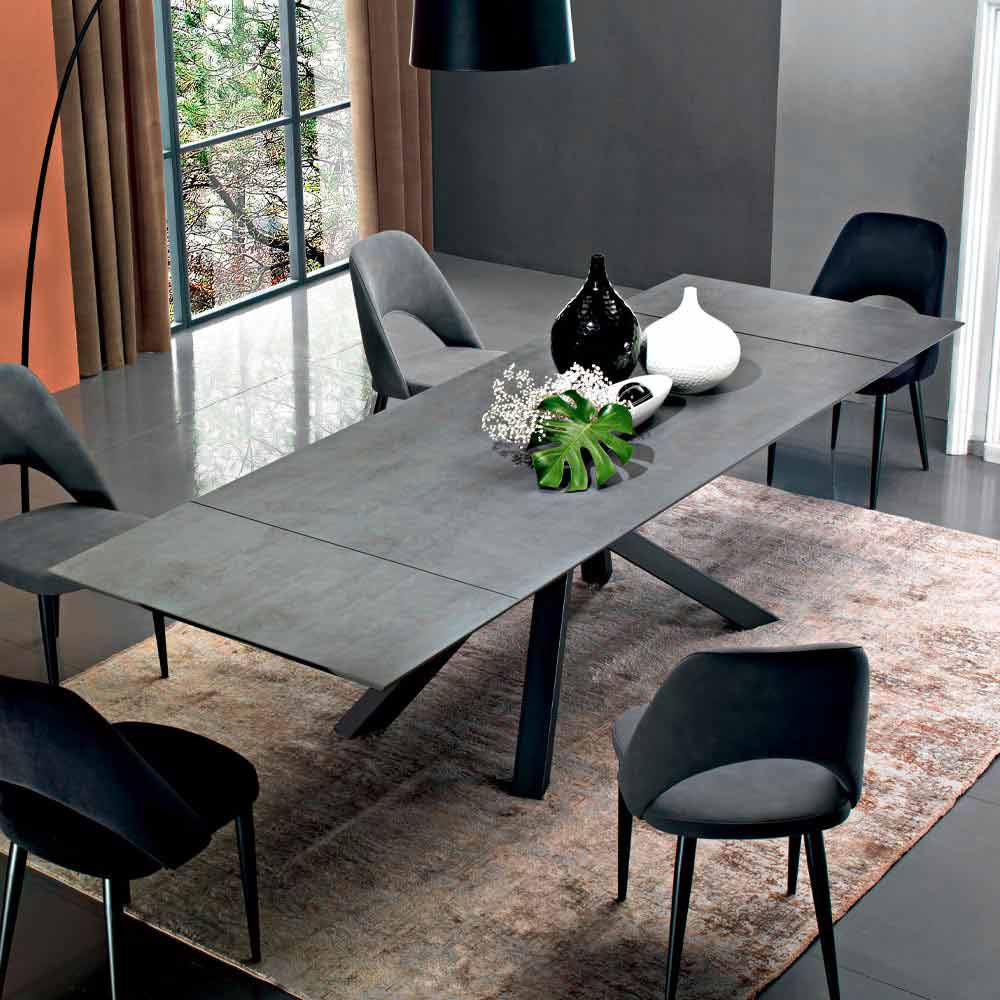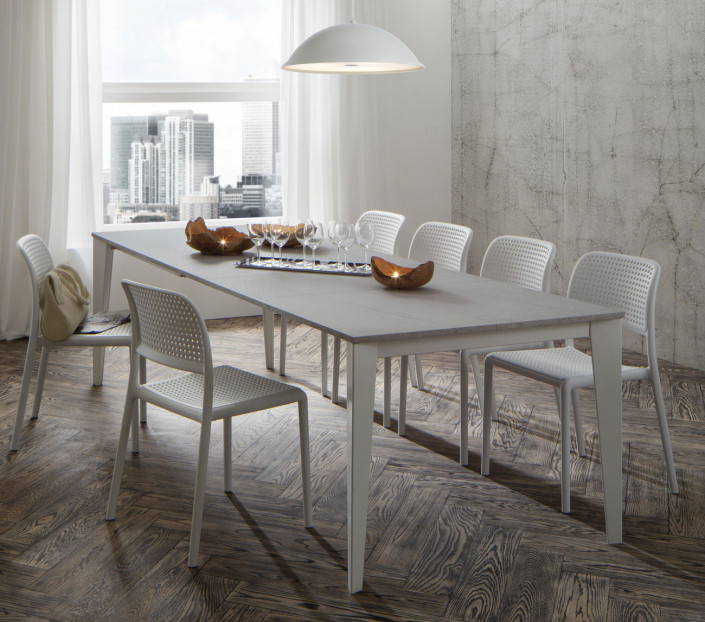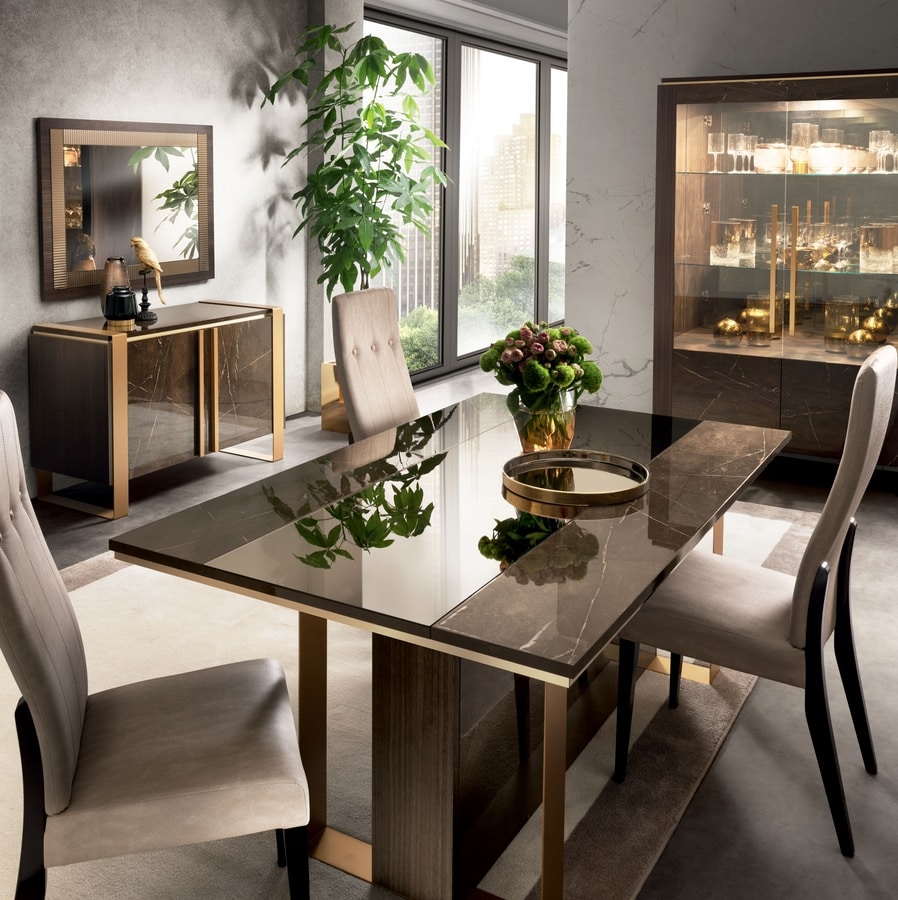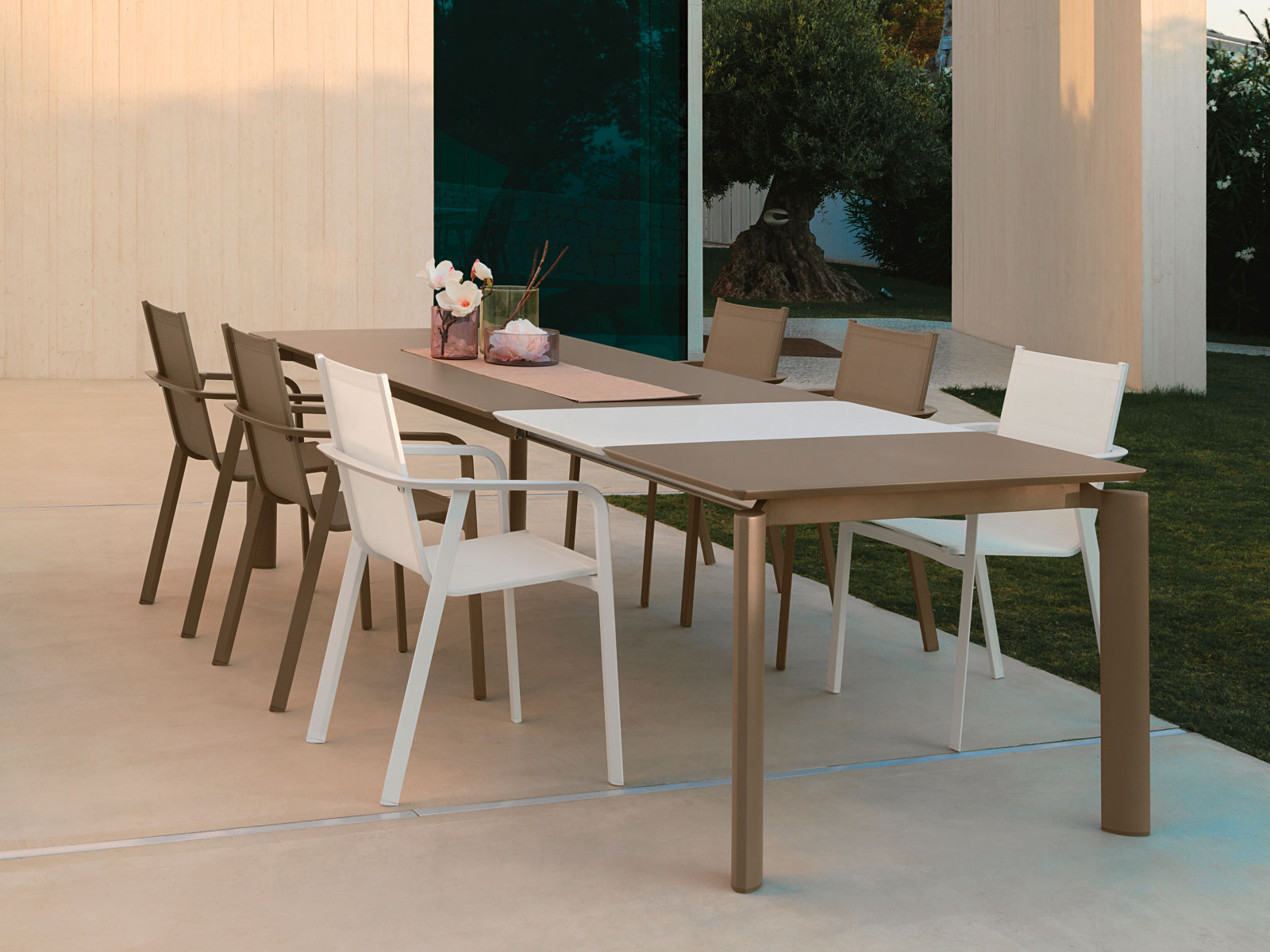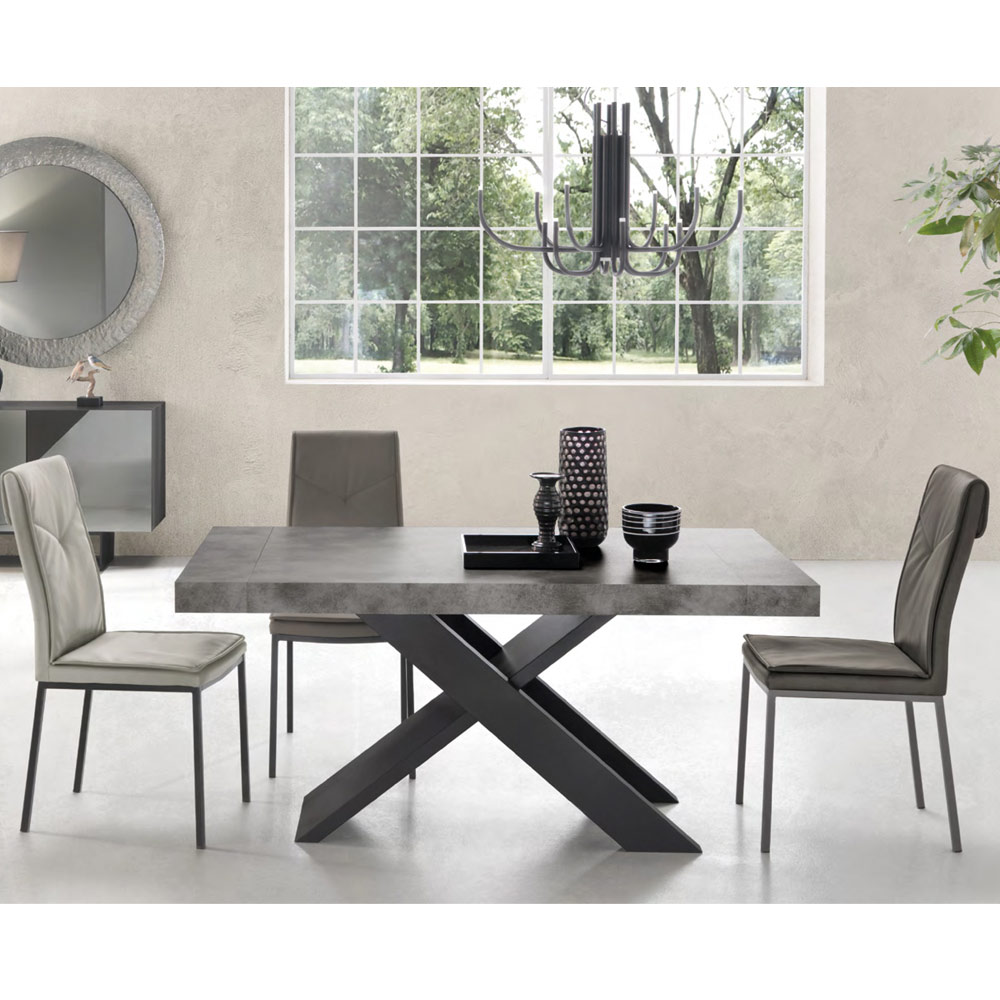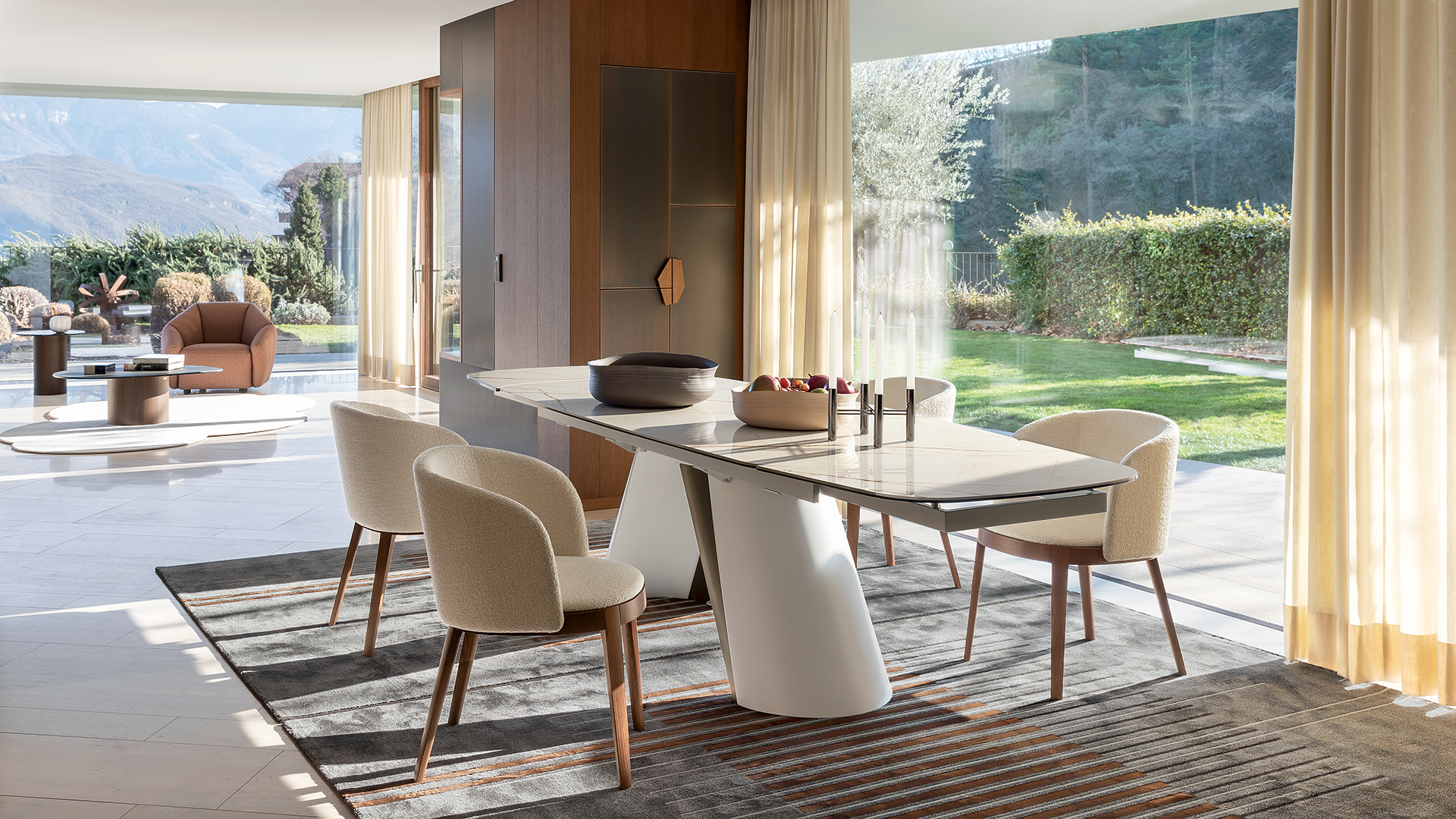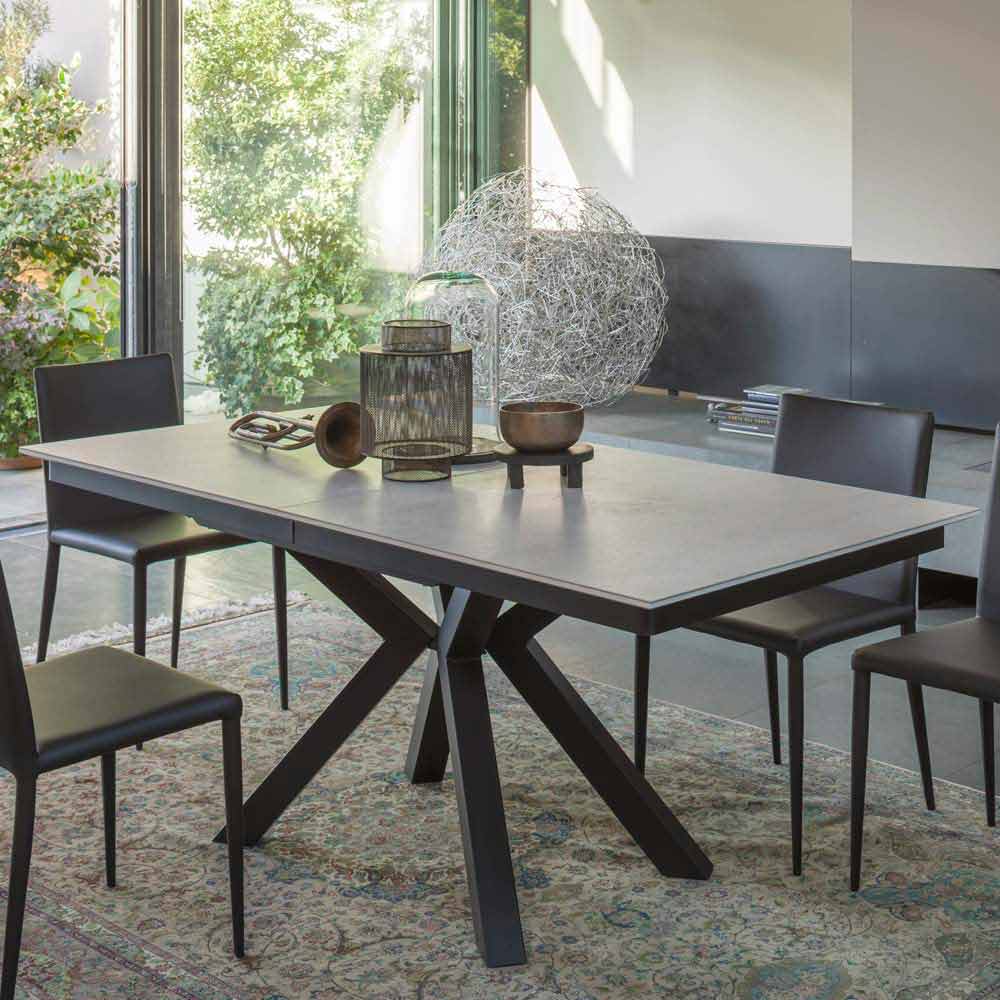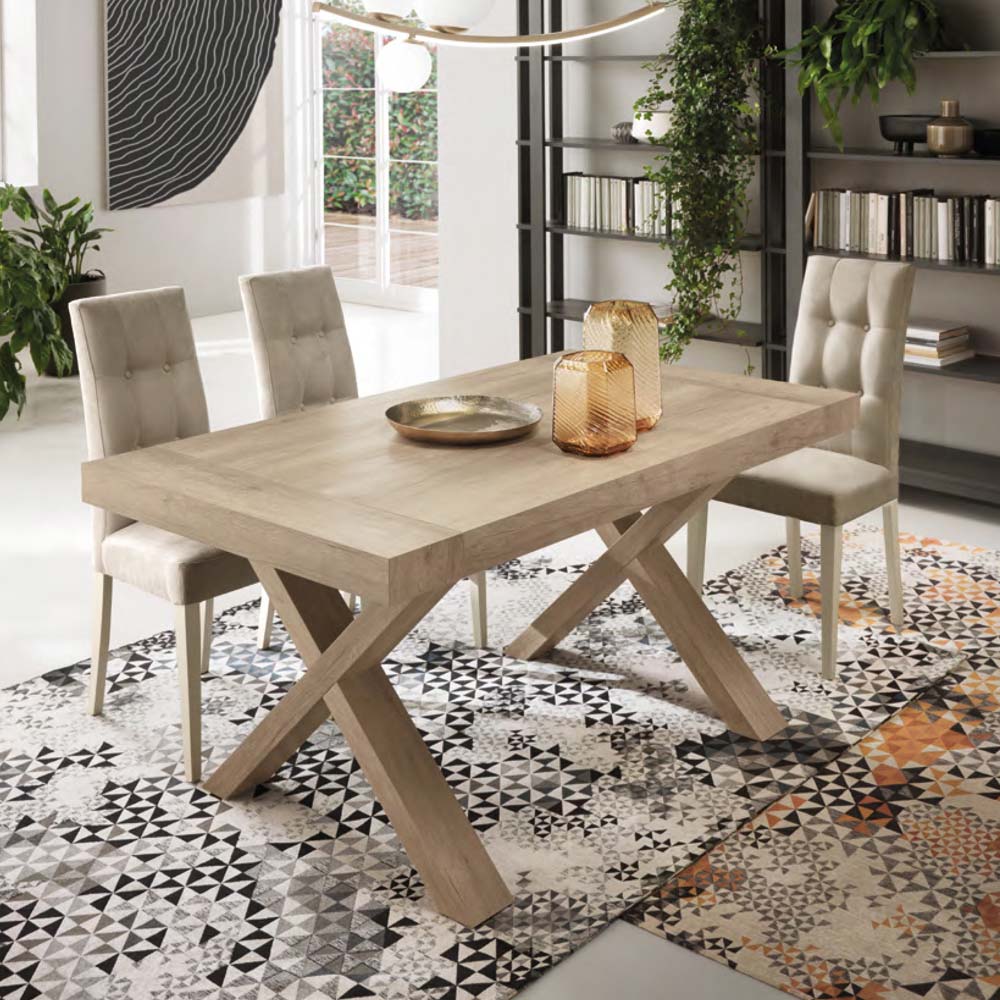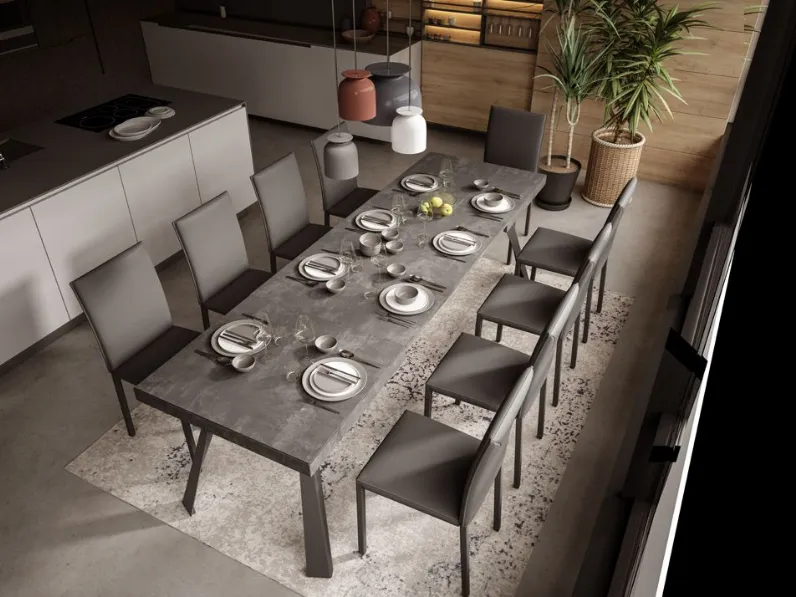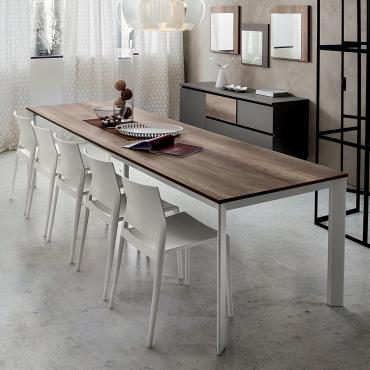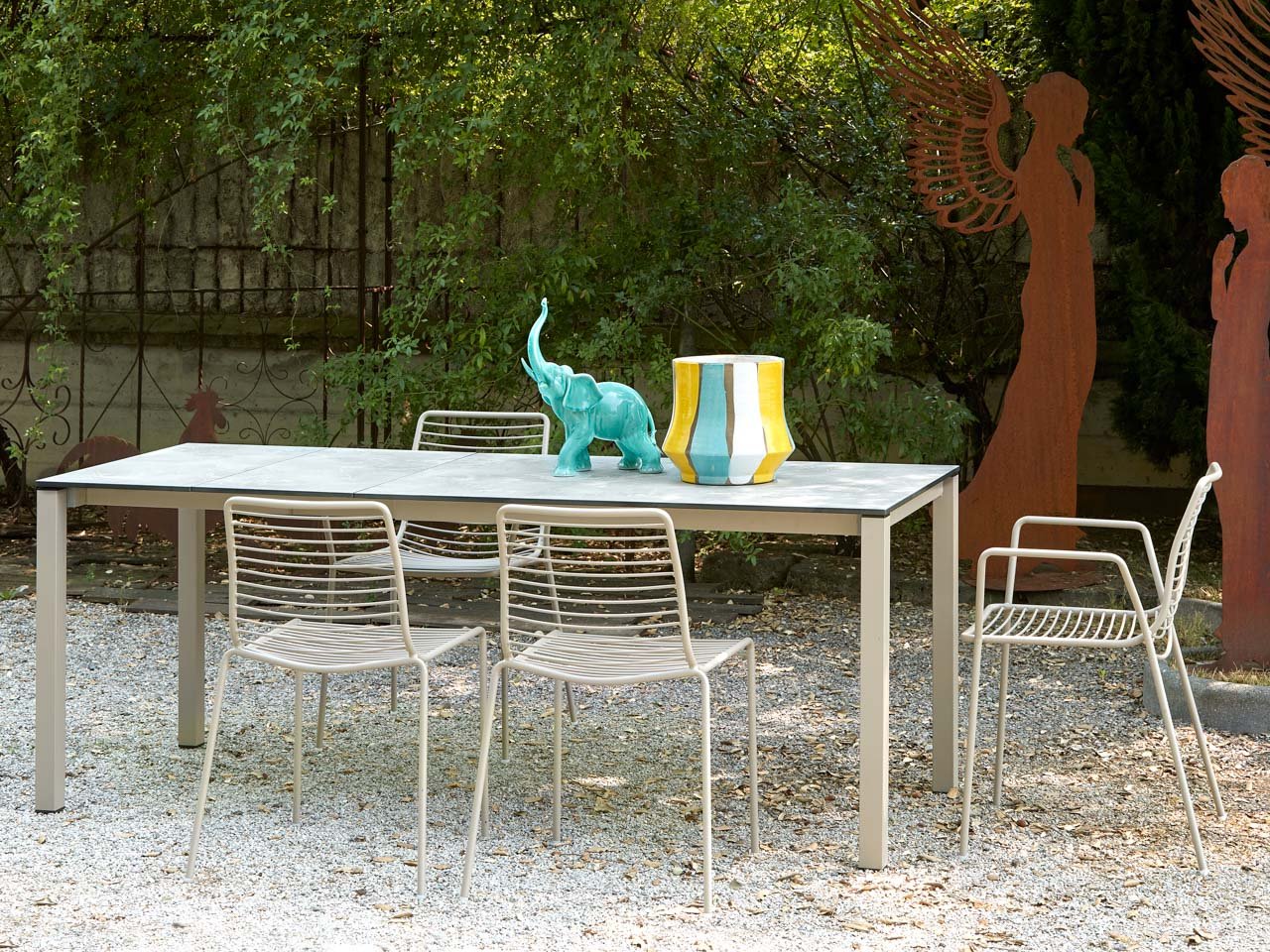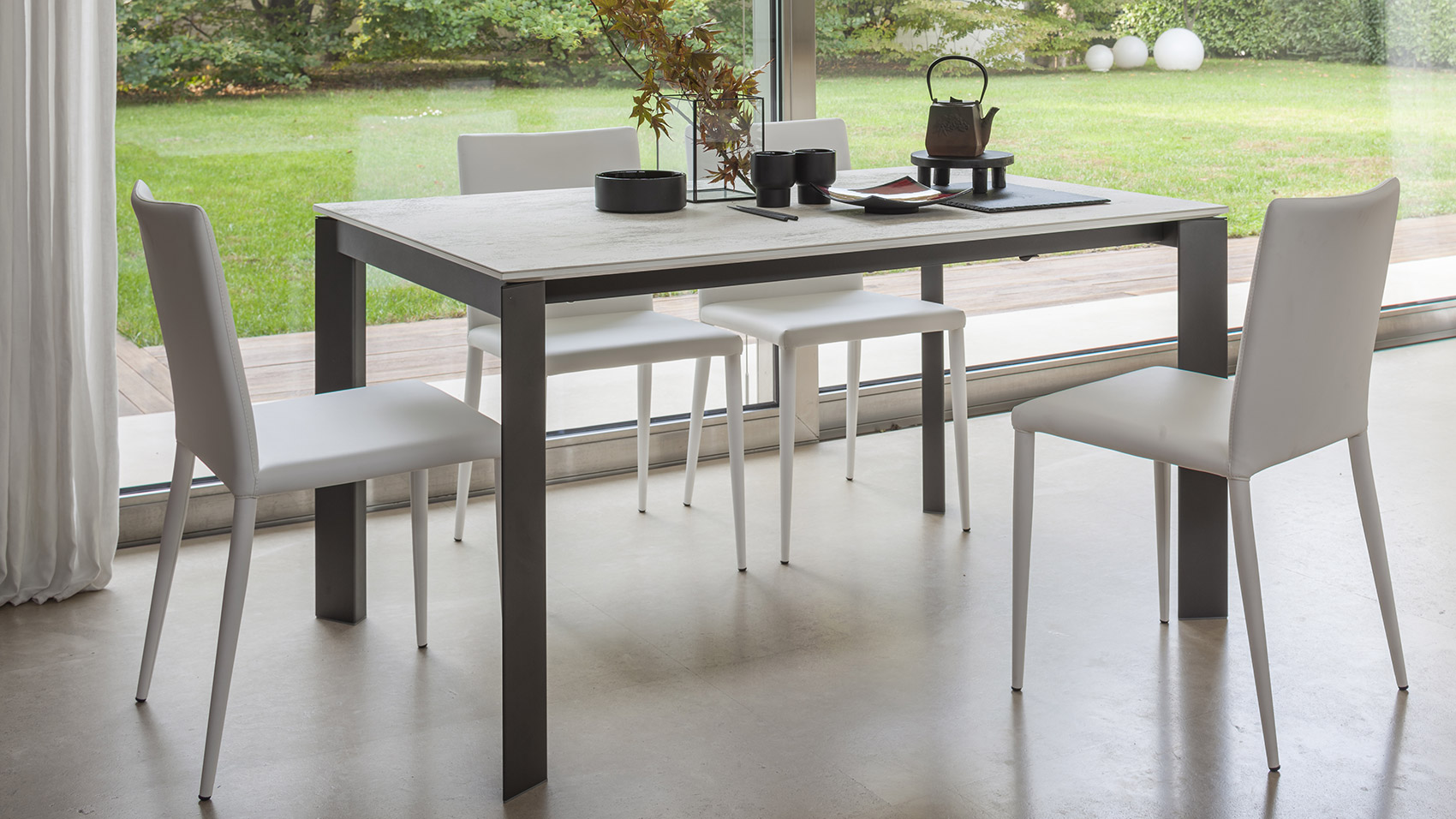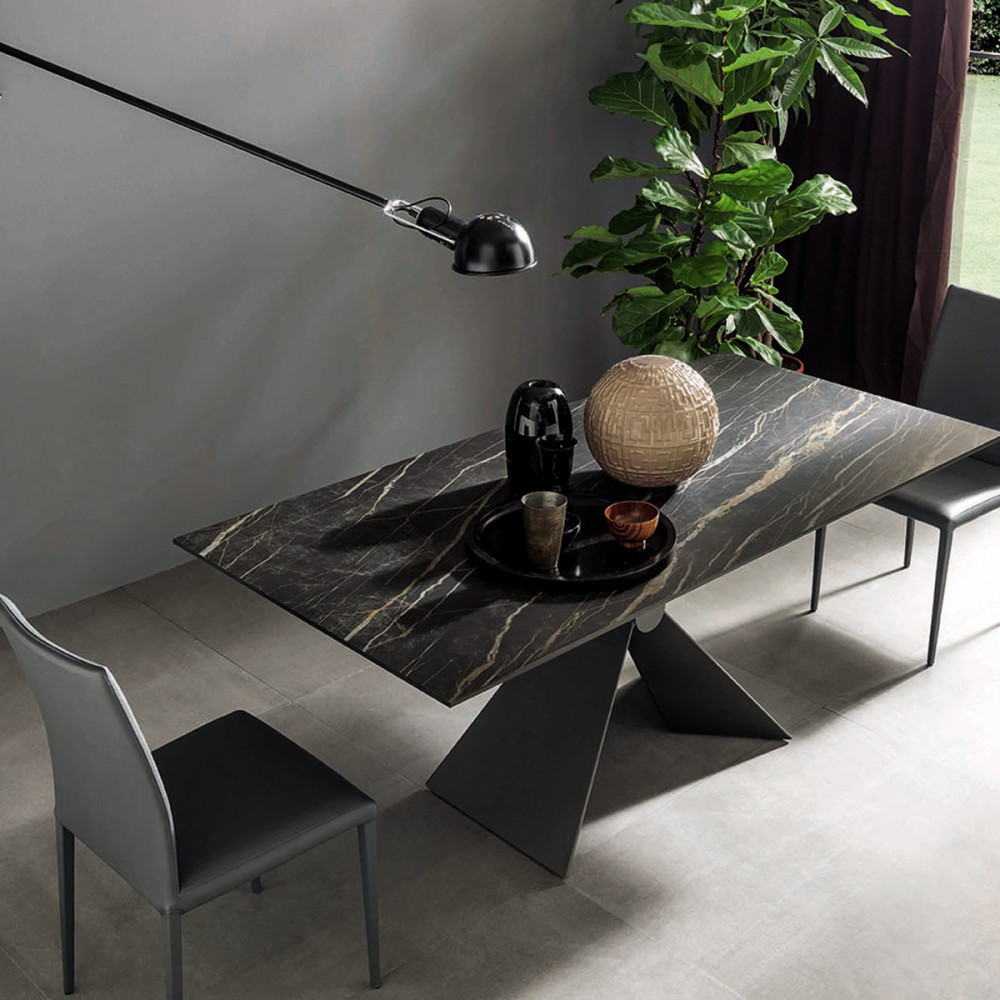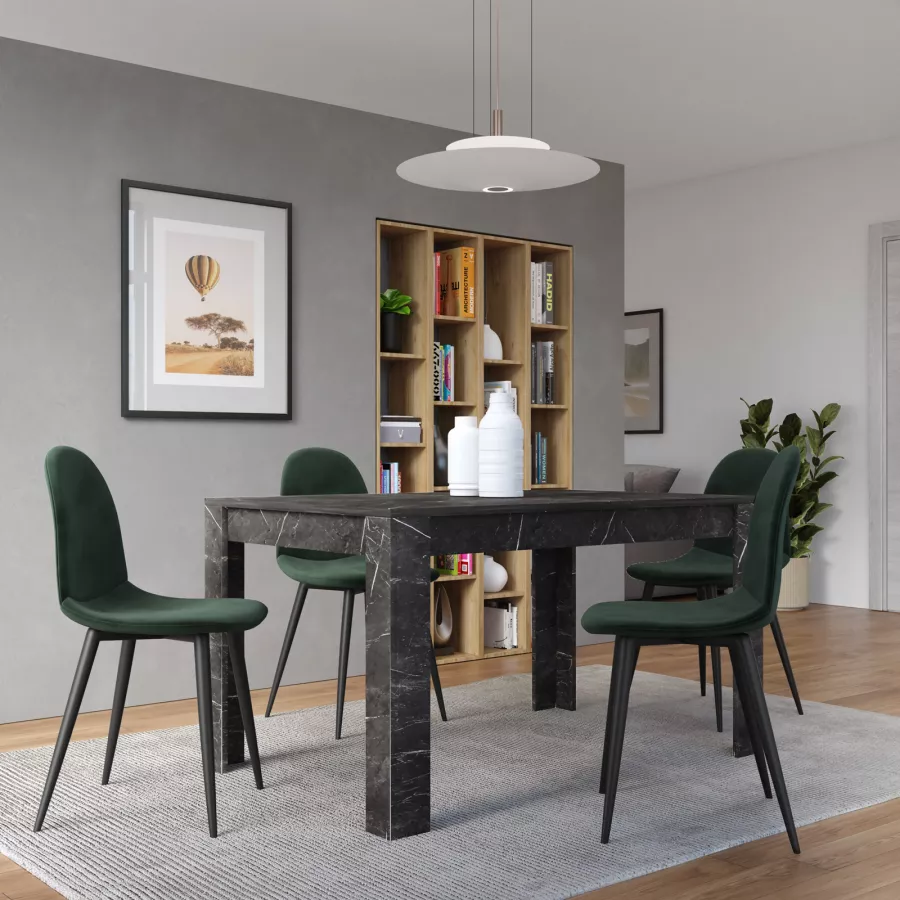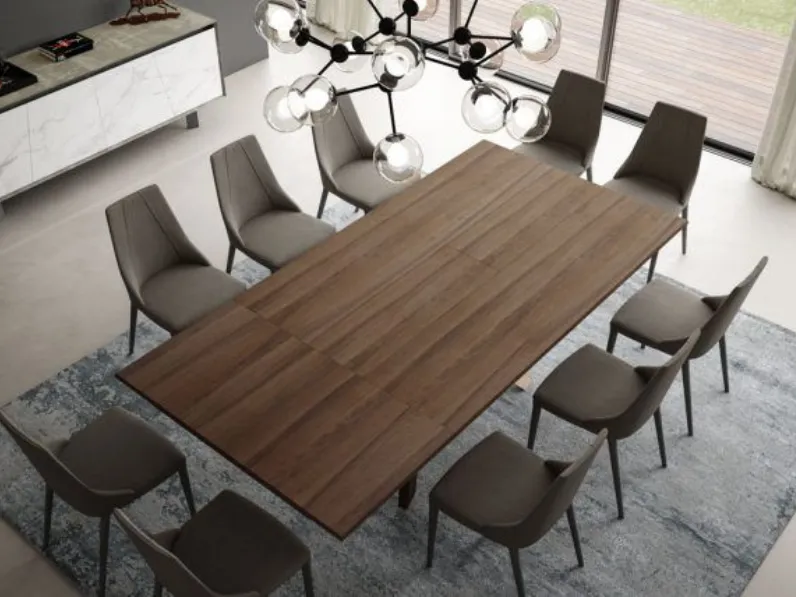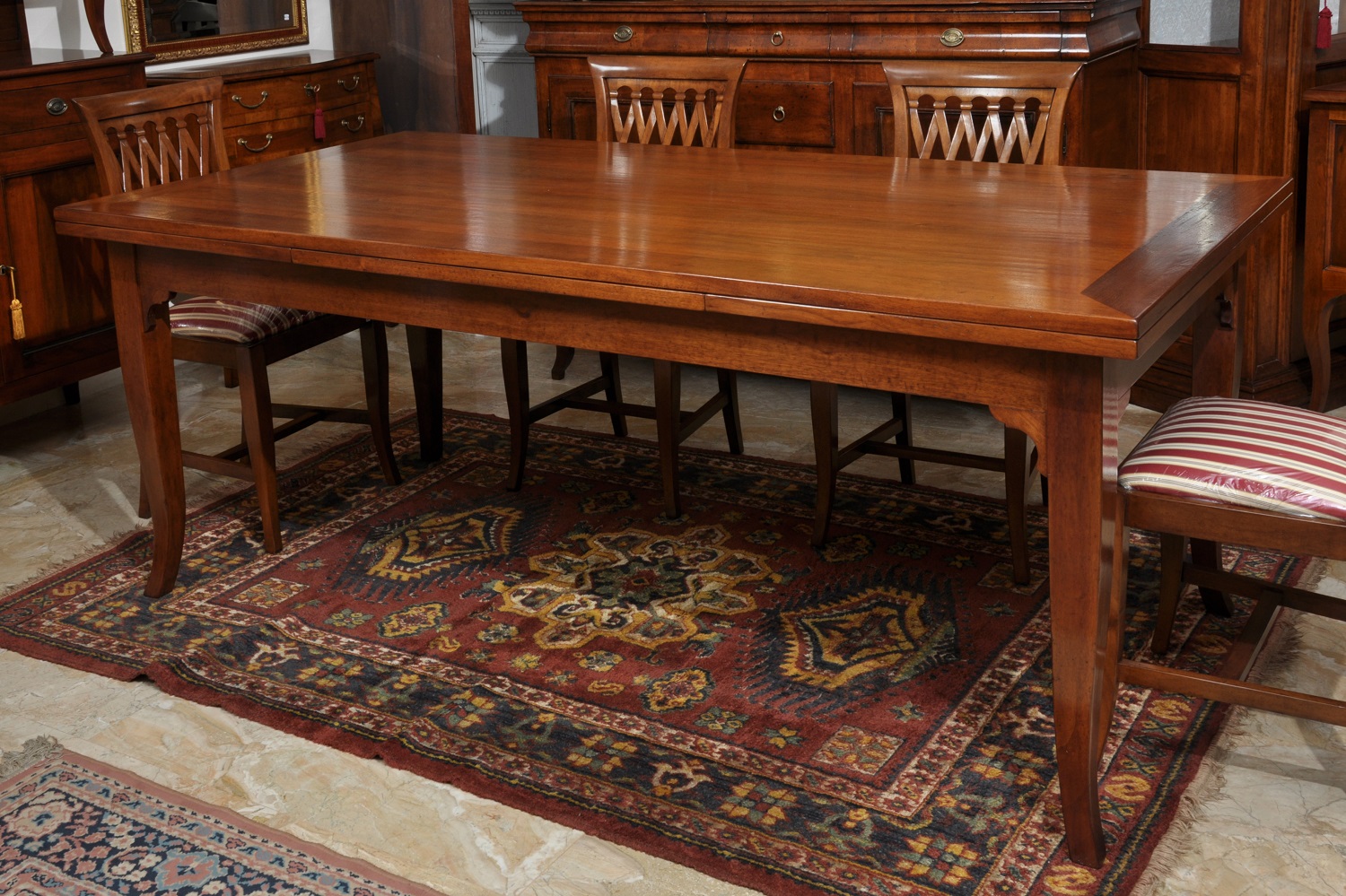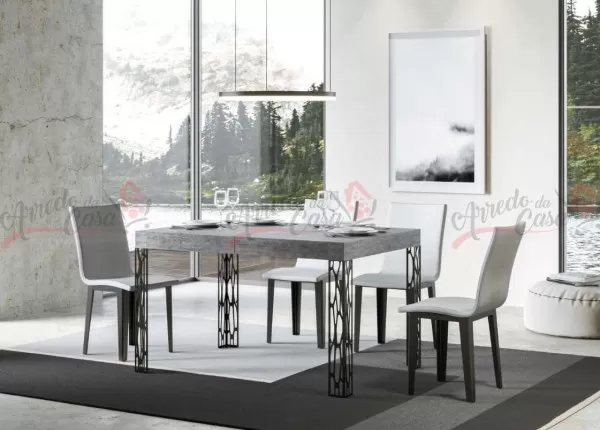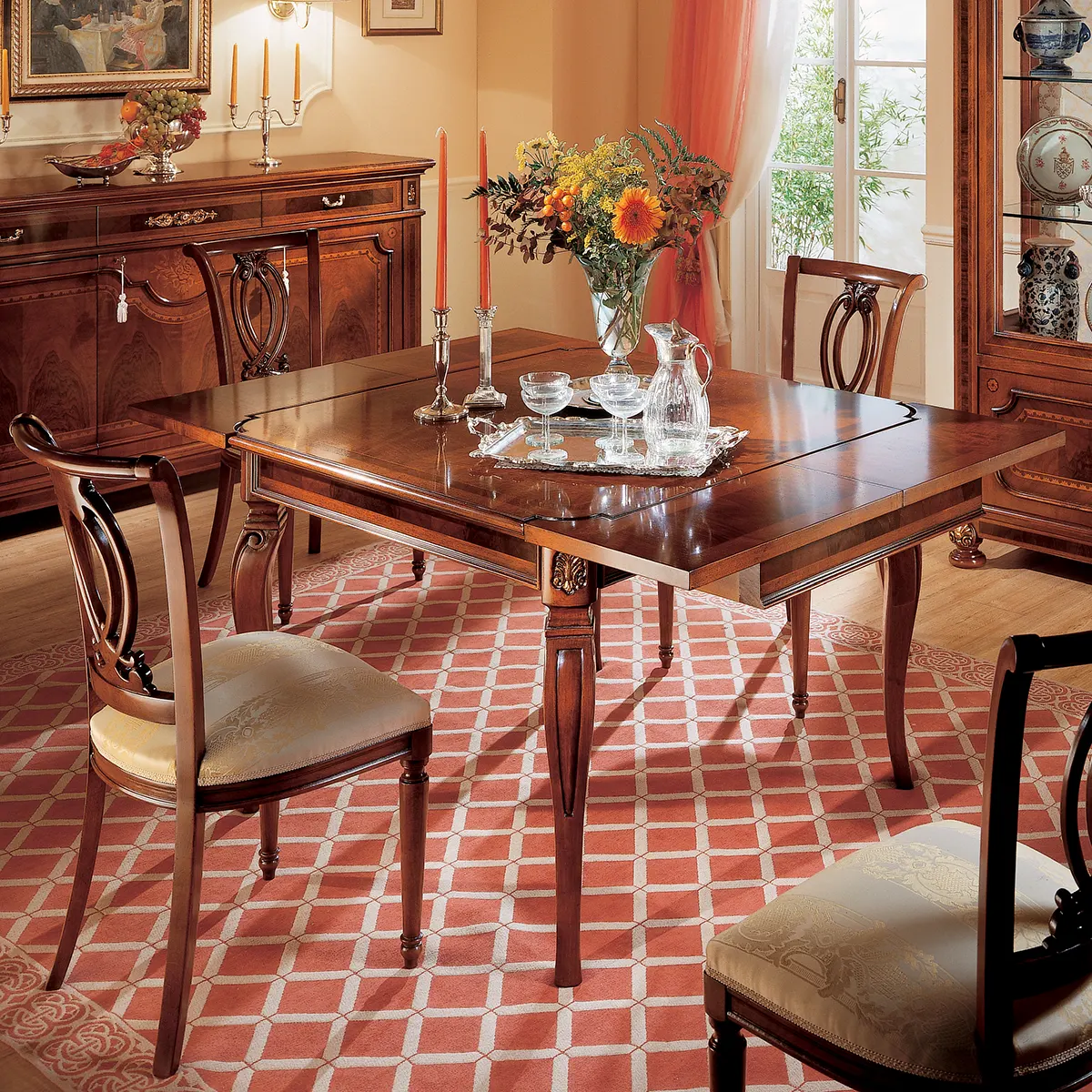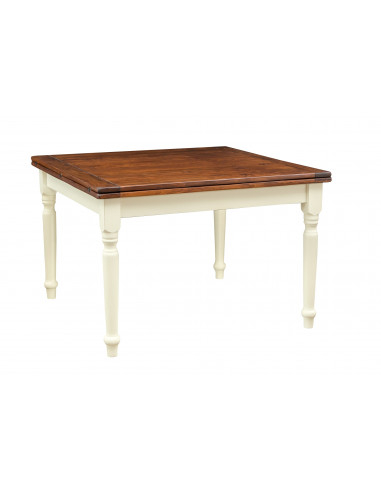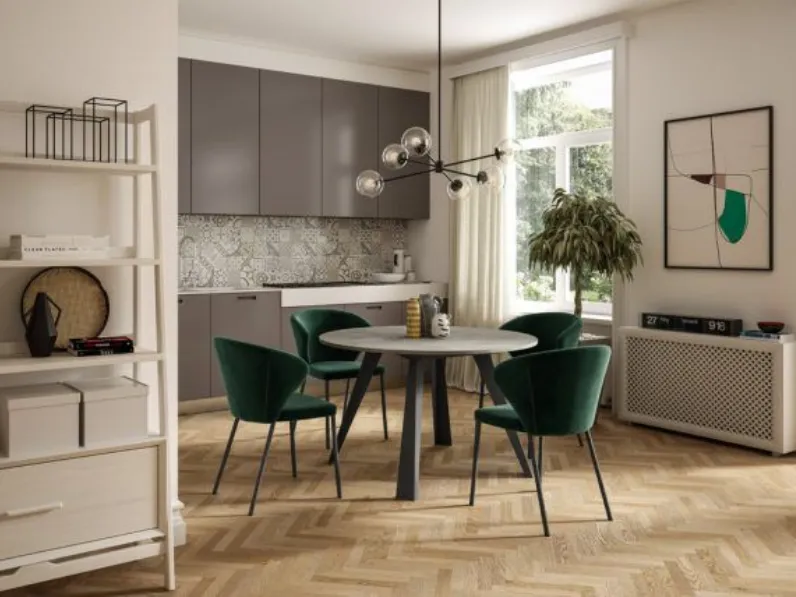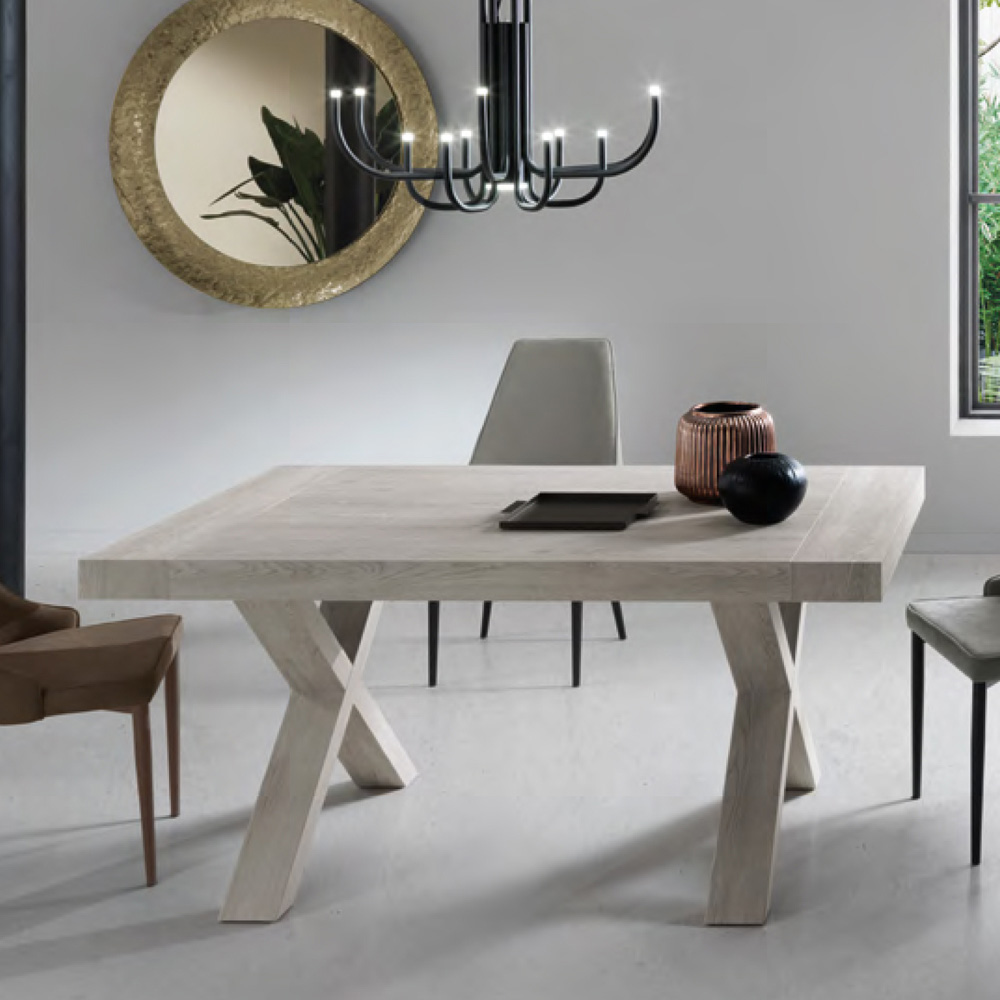
Tavolo da pranzo moderno, Made in Italy, Consolle allungabile fino a 12 posti, con portallunghe, cm 51x90h77 ( fino a 300 cm) colore Acero | Leroy Merlin

Luxurious Italian Round Glass Dining Table Set | Tavolo da pranzo in vetro, Tavolo rotondo, Tavolo legno allungabile

Tavolo per sala da pranzo estensibile, Made in Italy, Tavolo moderno con allunghe, Consolle allungabile, cm 160/210x90h75, colore Olmo perla, Con imballo rinforzato

Dmora Tavolo da esterno Roma, Tavolo rettangolare allungabile da pranzo, Tavolo da giardino estensibile effetto rattan,

Dmora Tavolo da Pranzo Moderno, Made in Italy, Consolle allungabile 12 posti, con portallunghe, cm 51x90h77 (Fino a 300 cm) Colore Cemento : Amazon.it: Casa e cucina

Web Convenienza Tavolo Allungabile - Made in Italy - Collezione Miro Tavolo per Soggiorno Tavola Cucina Sala da Pranzo Moderno - Color Grigio Lucido Serigrafato : Amazon.it: Casa e cucina
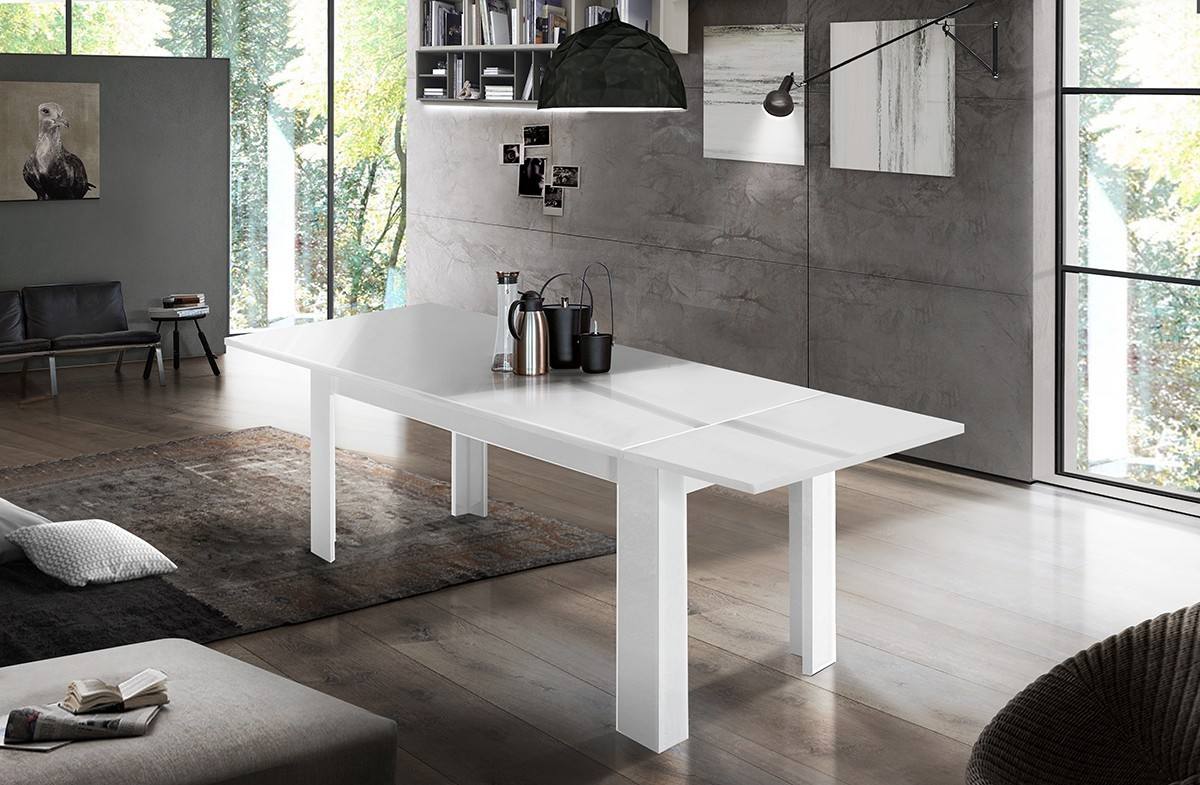
Tavolo per sala da pranzo estensibile, Made in Italy, Tavolo moderno con allunghe, Consolle allungabile, cm 160/210x90h75, colore Bianco lucido | Leroy Merlin

Web Convenienza Tavolo Allungabile - Made in Italy - Collezione Miro Tavolo per Soggiorno Tavola Cucina Sala da Pranzo Moderno - Color Rovere Samoa Serigrafato : Amazon.it: Casa e cucina

Tavolo per sala da pranzo allungabile moderno, Consolle da soggiorno industrial, Made in Italy, cm 180/240x91xh76, colore Rovere, Con imballo rinforzato

Biscottini - Arredo Casa Tavolo 120x80x80 cm Made in Italy - Tavolo Allungabile Sala da Pranzo - Tavolo Pranzo Allungabile - Tavolo Cucina Allungabile : Amazon.it: Casa e cucina

Tavolo da esterno Mercurio, Tavolo rettangolare, Tavolo allungabile da giardino o da bar, 100% Made in Italy, Cm 160-220x90h74, Bianco
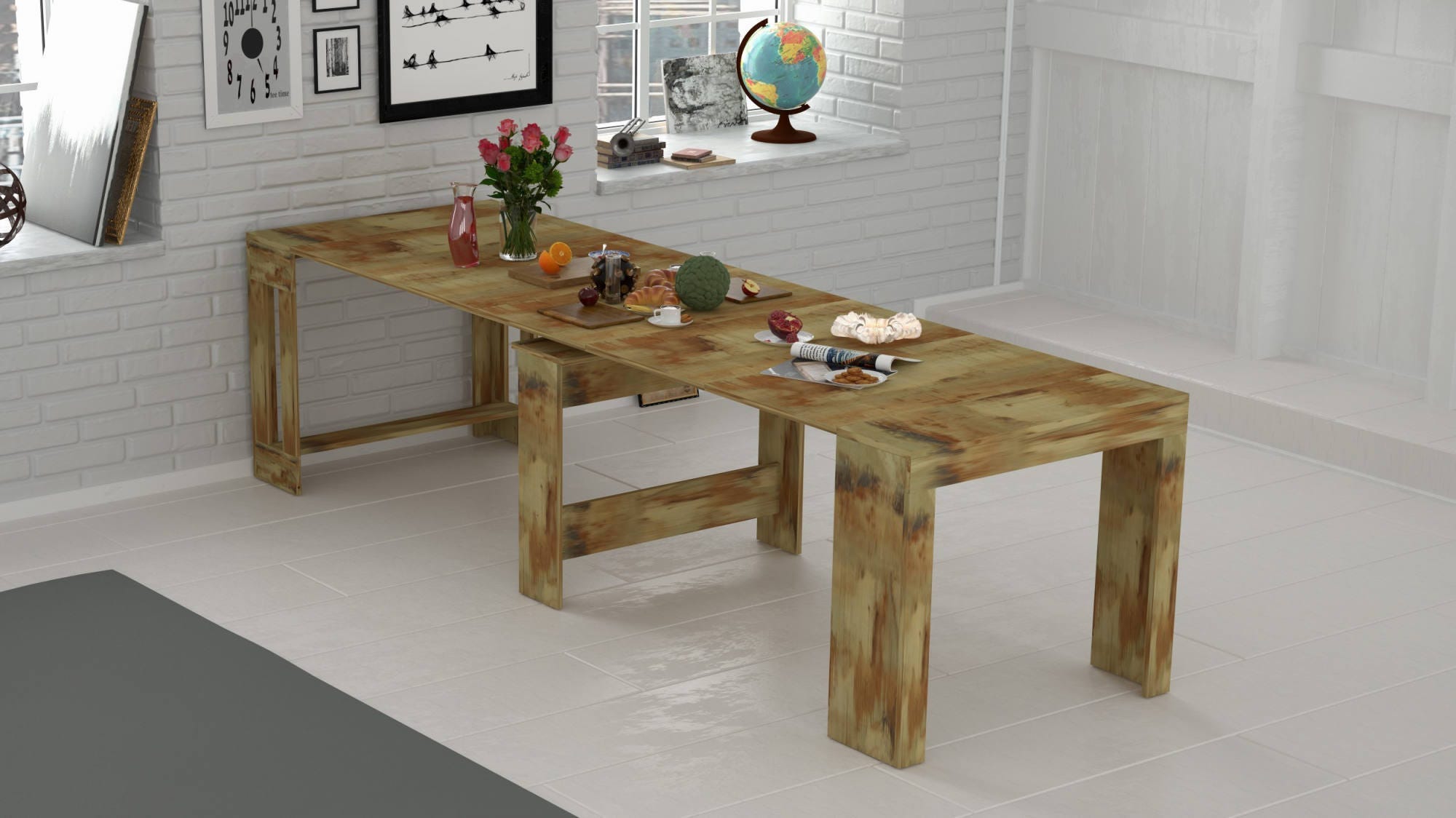
Tavolo da pranzo moderno, Made in Italy, Consolle allungabile fino a 12 posti, con portallunghe, cm 51x90h77 ( fino a 300 cm) colore Acero | Leroy Merlin

Biscottini Tavolo allungabile sala da pranzo 120x80 cm | Tavolo cucina allungabile in legno massello Made in Italy : Amazon.it: Casa e cucina

Biscottini - Arredo Casa Tavolo 120x80x80 cm Made in Italy - Tavolo Allungabile Sala da Pranzo - Tavolo Pranzo Allungabile - Tavolo Cucina Allungabile : Amazon.it: Casa e cucina


